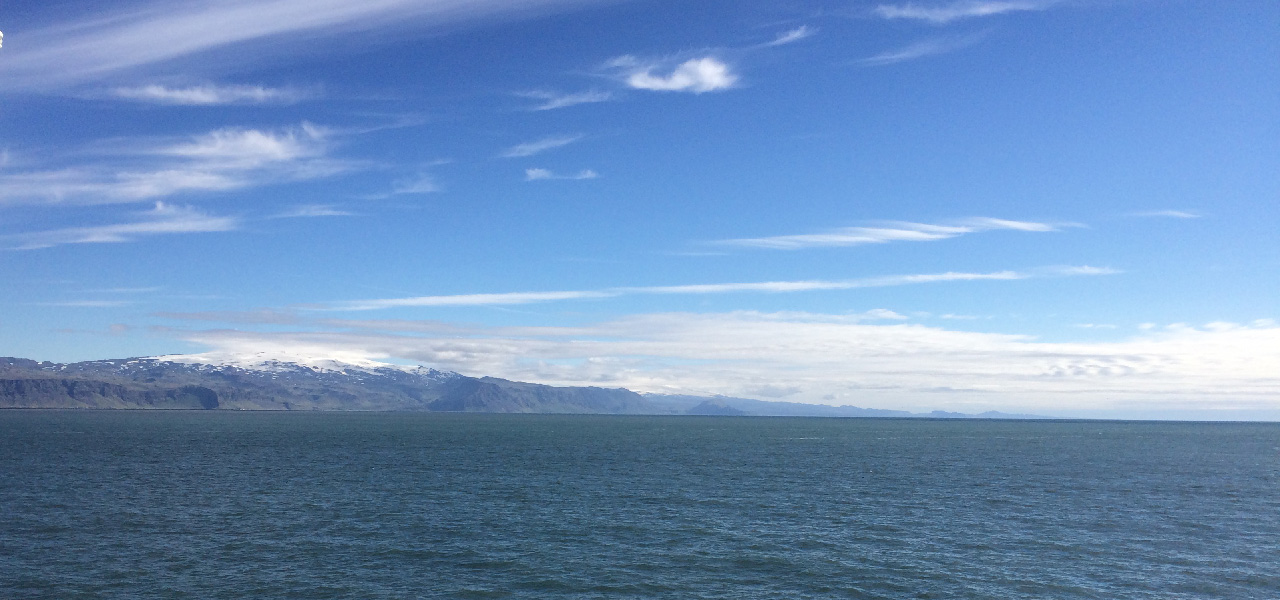
The need for balanced seal population management, new Matis report on nordic seal populations
2024.7.9
Matis has published a detailed report as part of the Nordic networking initiative, Nordic Seals, funded by the Nordic Council of Ministers Working Group for Fisheries (AG Fisk). This project aims to collect, analyze, and disseminate data on seal populations in the North Atlantic, Arctic, and adjacent waters, focusing on their environmental, social, and economic impacts. You can read the full report here
Key Highlights of the Report
- Controversy Over Seal Population Expansion:
- The growth of several seal populations in these regions has sparked debate among fishermen and other stakeholders in the seafood value chain.
- Fishermen argue that seals negatively impact commercial fish stocks, catches, product quality, and the economic viability of fisheries.
- Scientists and conservationists emphasize the need for a better understanding of seals’ ecological roles. While seals do consume commercial fish species, the effects on fish size, prey population age distribution, and overall stock size are not fully understood.
- Historical and Current Threats to Seal Populations:
- Some seal populations continue to be affected by historical hunting, requiring informed management decisions.
- Bycatch is a significant threat to seal populations in many regions, needing urgent attention.
- The report documents the ecological and economic impacts of seal-induced damage to fishing gear and fish farms, though precise quantifications are still lacking.
- Seal Biomass Consumption:
- Preliminary calculations indicate that certain seal species in the North Atlantic and adjacent waters require a daily consumption of prey biomass equivalent to 4-6% of their body weight.
- With an estimated population of 14 million seals in the North Atlantic, their annual biomass consumption could reach up to 36 million tonnes.
- In comparison, human fishing activities in the North Atlantic zone account for an estimated annual removal of 10 million tonnes of fish, according to the FAO.

Conclusion: The Need for Balanced Seal Population Management
The report concludes that a balanced approach to seal population management is crucial. Achieving this balance necessitates a deeper understanding of seals’ ecological impacts and their role in the marine ecosystem. By addressing knowledge gaps and fostering collaboration among stakeholders, it is possible to develop strategies that protect both the ecological integrity and economic viability of the North Atlantic, Arctic, and adjacent waters.
Read the full report here to explore more about the Nordic Seals project and its findings.



